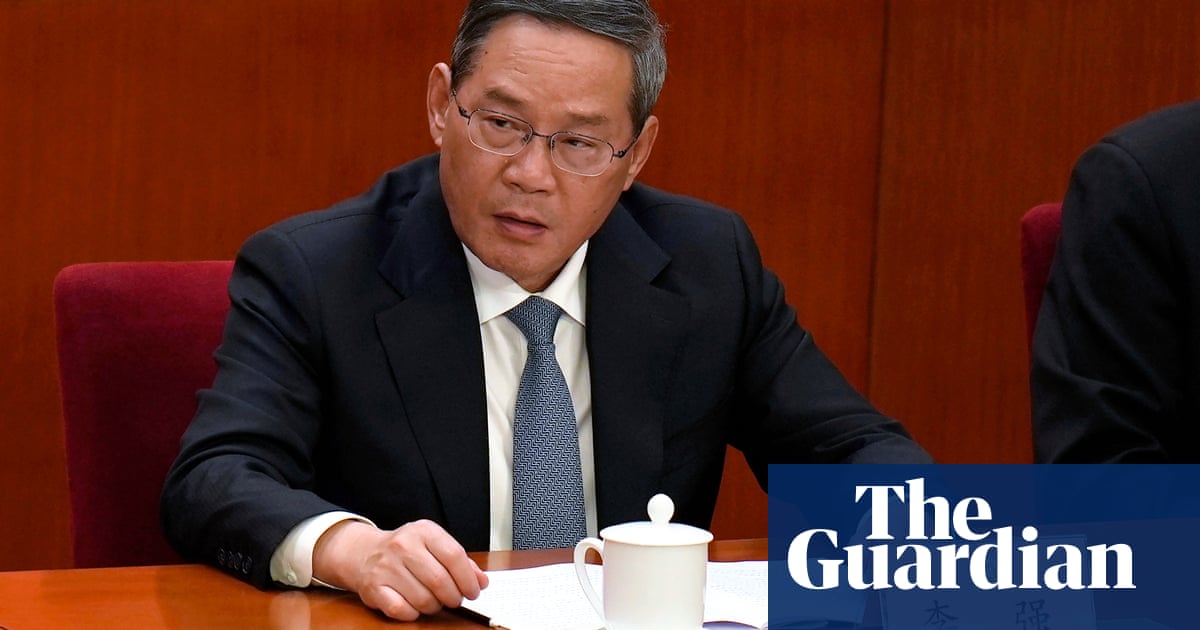there are signs that some of China’s economy challenges may be structural, such as the ageing population and shrinking pool of workers.
Economists think that achieving this year’s 5% target may be ambitious considering the Chinese economy’s structural problems and Beijing’s changing priorities. The International Monetary Fund predicts that China’s economy will grow by 4.6% this year.
Enodo Economics, a macroeconomic forecasting firm, said: “the GDP goal has decreased in importance in recent years”. China’s leader, Xi Jinping, “has de-emphasised growth – and therefore the importance of the GDP goal – in favour of ironing out the structural issues he believes undermine overall economic security.”



This is the best summary I could come up with:
China has set its target for GDP growth at 5%, in line with analysts’ expectations for another year of historically modest ambitions for the economy, amid regional tensions and its demographic crisis.
He cited the global economy and regional tensions as hurdles for China’s recovery, as well as domestic issues such as low consumer demand in a challenging labour market.
In a draft version, the government work report spoke of “intensifying geopolitical conflicts” as being one of the negative pressures on China’s economy.
The 5% target is in line with 2023’s goal, which was notably restrained as China emerged from three years of strict zero-Covid measures which battered the economy.
But with the pandemic in the rear-view mirror, there are signs that some of China’s economy challenges may be structural, such as the ageing population and shrinking pool of workers.
China’s leader, Xi Jinping, “has de-emphasised growth – and therefore the importance of the GDP goal – in favour of ironing out the structural issues he believes undermine overall economic security.”
The original article contains 482 words, the summary contains 171 words. Saved 65%. I’m a bot and I’m open source!